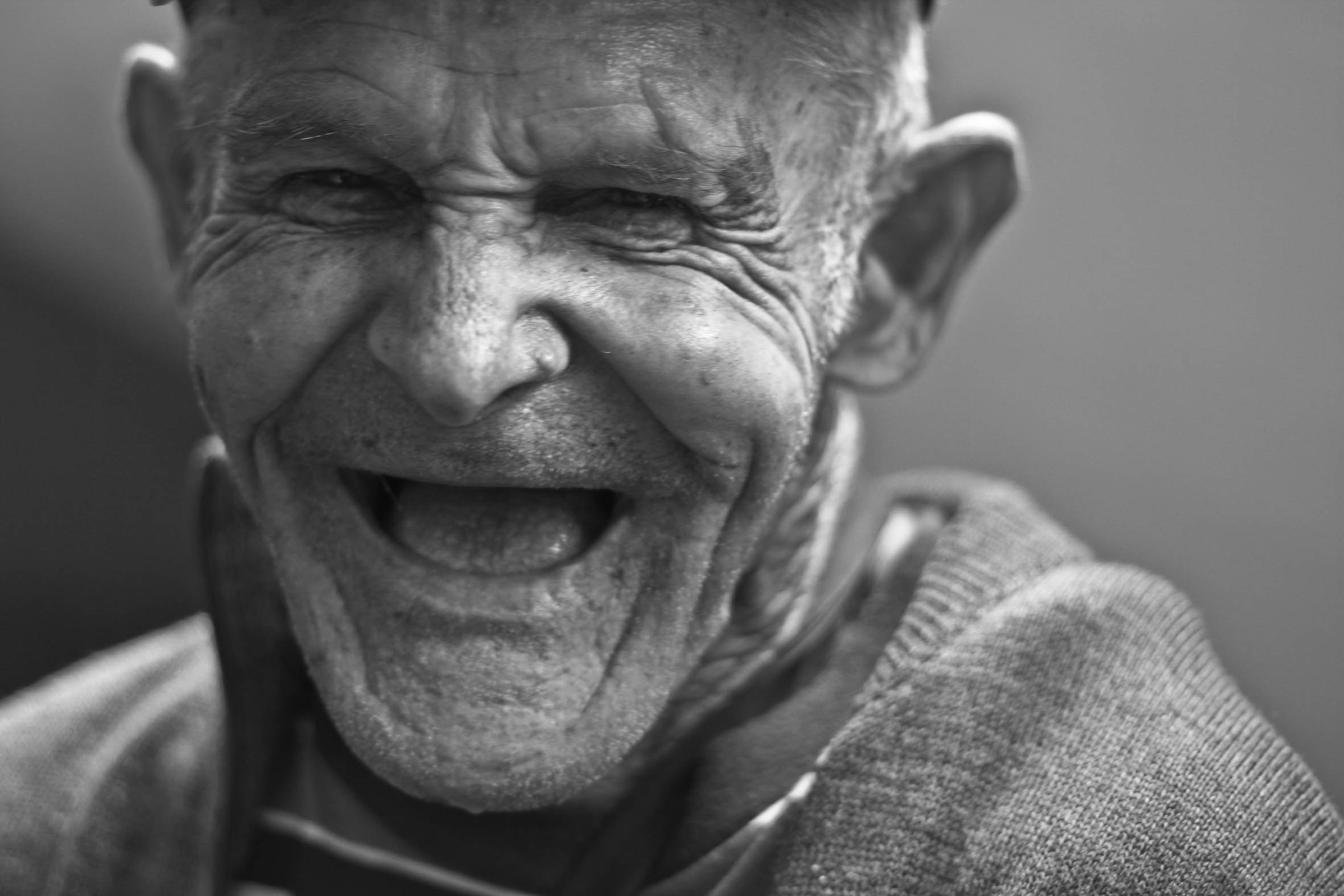
Chaplin once said, “To truly laugh, you must be able to take your pain, and play with it”. Those are the words of someone who knew that the ultimate journey of a clown is an act of healing. Clowning can heal because it embraces vulnerability and shifts perspectives through playfulness. To practice clowning is fun all right. However, its practice can instigate change and inspire authenticity.
Clowns taught me that opening to different points of view and striving to build a less rigid sense of self is the beginning of a beautiful inner revolution. The path that integrates the Neurosciences with the Arts is a revolutionary one. Together, science and art can contribute greatly in caring for humanity. The understanding of this idea is what attracted me to the Global Brain Health Institute and that is how I came to be an Atlantic Fellow in Trinity College Dublin in the last year.
In the last seven years, I have been clowning with my students and a group of older adults living with aphasia in Brazil. Aphasia is a language impairment caused by brain damage. This population generally has preserved nonverbal communication skills, but often faces frustration in trying to find words during speech. Depression frequently accompanies aphasia, as well as social isolation and stigma (1). Shifting views about failure could be key for changing negative narratives. This is where clowning comes into play.
While practicing clowning, individuals find freedom from conventions that often create stigma (2). In clowning, failure is success (3). Therefore, active clowning can change perceptions. It potentially promotes social change, because it can reduce stigma, and at the same time inspire optimism and dignity for older adults who have diverse cognitive-communicative skills.
In our clowning group, everyone is in the same communication footing. Experiencing this with future health professionals can act as a critical education resource that facilitates the construction of horizontal and empathetic relationships (4).
Older adults living with dementia who are visited by clowns experience an increase in quality of life and a reduction of stress (5). However, the success of clown visiting lies beyond entertainment (6). Moreover, the fact that health related research has almost exclusively focused in hospital and geriatric home visiting programs is a great gap in the literature considering the transformative nature of clowning. The active practice of clowning offers a safe context for creative communication. This may increase the pleasure of being oneself and empower people to fight against stigma.
Dr. Lenisa Brandao
Global Brain Health Institute: https://www.gbhi.org/lenisa-brandao
References
- Code & Herrmann (2003). The relevance of emotional and psychosocial factors in aphasia to rehabilitation. DOI: 10.1080/09602010244000291.
- Gordon et al (2018). Clown therapy: A drama therapy approach to addiction and beyond. DOI: 10.1016/j.aip.2017.12.001.
- Weitz (2012). Failure as Success: On clowns and laughing bodies. DOI: 10.1080/13528165.2012.651867.
- Butler (2012).“Everything seemed new”: Clown as embodied critical pedagogy. DOI: 10.1353/tt.2012.0014.
- Low et al. (2013). The Sydney Multisite Intervention of Laughter Bosses and Elder Clowns (SMILE) study: cluster randomised trial of humour therapy in nursing homes. DOI:10.1136/bmjopen-2012-002072.
- Kontos et al. (2017). Presence redefined the reciprocal nature of engagement between elder-clowns and persons with dementia. DOI: 10.1177/1471301215580895.

